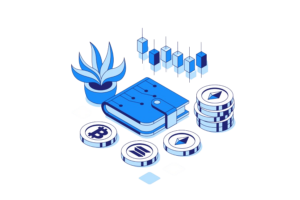Reading Time: < 1 minute
The Bitcoin network is designed to produce a new block every 10 minutes on average. Every 2016 blocks, or approximately 2 weeks, the difficulty of finding a block adjusts so that the rate of block production remains around 6 blocks an hour. Let’s start with how mining works to get a better understanding of difficulty adjustment. A mining node must solve a cryptographic problem in order to add a block of transactions to the bitcoin ledger. The node that finds the solution first is awarded with new bitcoin, which is presently 6.25 x Proof of Work is a more formal term for this process, which is also known as solving a cryptographic puzzle. However, referring to this as a puzzle or problem is somewhat deceptive whereas solving a puzzle frequently requires some type of logical reasoning, the solution to a bitcoin block is effectively created at random by the bitcoin protocol. The importance of randomness in difficulty adjustment cannot be overstated. The bitcoin protocol increases the difficulty of finding blocks every two weeks by increasing the range of possible solutions that miners must guess. To make the task more difficult, the protocol expands the range of possible solutions, lengthening the time it takes for all of the miners to collectively guess the correct answer. The range has been reduced in order to make the game more tough. Consider difficulty modification to be like adjusting the size of a target that a swarm of high-tech monkeys is attempting to hit with a rock.




